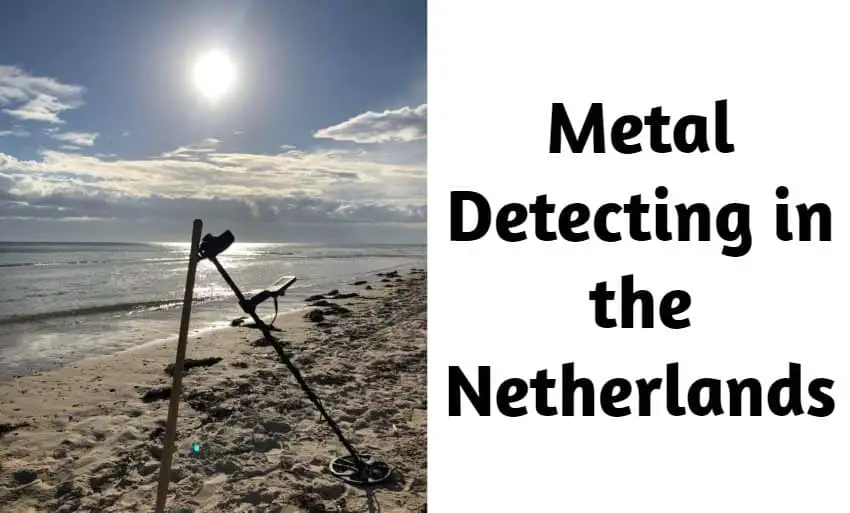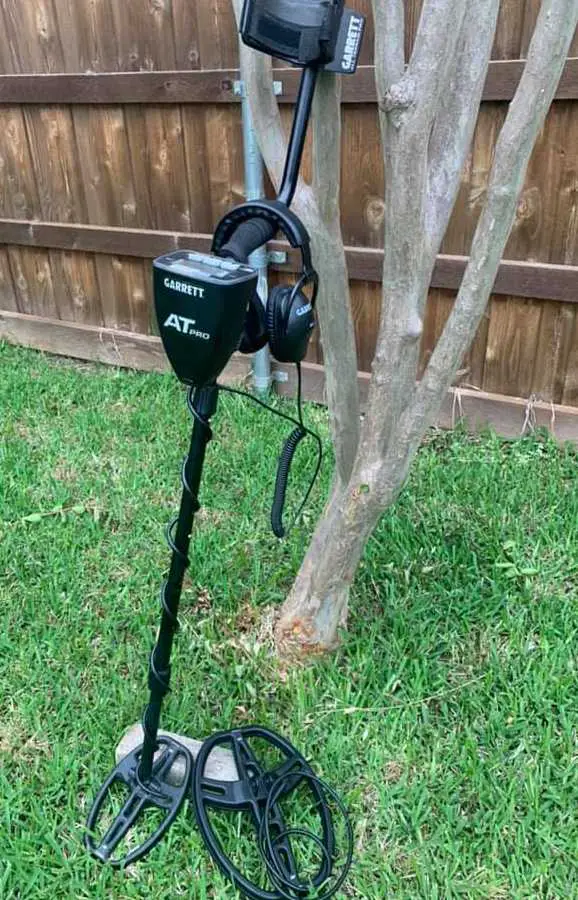
Netherland is a beautiful country that you may want to visit not only to step foot on new places, but also (why not) to swing your metal detector …
… In this article, I will try to talk about what you should know about metal detecting in the Netherlands!
(Legal Disclaimer: In this Post I include some law related information, BUT, this is not Legal Advice at all. Before you take any action based on any of this information, consult with your Legal professional and/or Local Authorities.)
What are the Metal Detecting Rules in the Netherlands?
It is not legal to detect the metal without the proper permission of the government of the Netherlands.
There is no way for people to carry out metal detecting and is strictly applicable in a few places in the Netherlands.
For example, in Leiden, no one is allowed to for this activity. As per the Heritage act, the antiques that are detected in the soil strictly belong to the government. These are preserved as the archeological findings by the Netherlands.
There are new rules that have come into force related to Metal detecting in 2016. As per the rules, metal detection can be done up to 30 cm depth, excluding the archeological sites and protected monuments.
It is the depth that is decided for the places. These include – agricultural lands, buildings, and road works, and so on.
There is legal permission to conduct metal detection given only on the land not under the water since most of the archeological treasure would be found either under the surface or above.
. You are not allowed to go for metal detecting in the parks, forests, nature reserves, World War 2 sites, dunes, dikes, and marked archeological sites.
These are a few laws to which you must abide when using metal detectors in any location:
- Law on Archeological Heritage
- Monuments law
- Weapons and ammunition law
- General Local Regulation
- Civil law
The main reason behind not permitting going in-depth and digging the land for metals is that history would no longer be part of the archeological department. If it found by a private person, they pick it up and registers.
Most Recommended Detector for Netherland Soil!

The antiques, such as metal artifacts found in the historical and prehistorical age, would need a select type of detector that better works to unearth the metals buried under the ground.
For me, and to make it quite simpler, I root for the Garrett AT Pro (Check it Here at Amazon)!
It is adapted for most types of grounds and is able to pick up any kind of target, including relics and even Gold.
Best Places to Detect in Netherland
These are a few places where the treasure is found in the Netherlands:
1. Limburg
The Celtic coin treasures are found in this area. These are the coins that are buried under the ground by the Celtic tribes.
They were kind of afraid of Julius Caesar due to which they hide their valuable things inside the ground.
However, there are a few tribes that were killed. There is a lot of evacuation happens in this area to unearth the historical facts and valuable treasure. The coins give relevant scientific information to the world and can be exhibited in the museums.
2. Utrecht
It is another hot archeological site. There is a treasure found in this province recently.
There are a few people who find hundreds of gold rings from swimming holes.
3. Gelderland
It is another best place to find gold and other relics.
4. Noordwijk
It is another popular place in the Netherlands where people would go for metal detecting.
Are there any Detection Clubs?
There is the Dutch detecting Association (DDA), which has celebrated its Silver Jubilee of late. It was held in a small town called Zeeland. It was started in 1992 to build a good rapport between the archeologists and Detectorists.
There is a metal detecting rally conducted in 2018 in Friesland.
Most common finds in there
Recently, the workers working in the drinking water company have discovered 500 gold and silver coins in the pot. These coins belong to the 15th century.
These are kept in the earthenware pot. The archeological department got the artifacts. These coins were printed during the 1470s to 1480s as there is an image of King on the coins.
In 2016, there are many gold coins found in the Gelderland province of the Netherlands. The treasure hunters found a total of 23 coins.
These coins belong to the Roman Empire. This type of gold was in the 4th and 5th centuries.
The Linden treasure is the largest of all wealth in the Netherlands that was buried in 460 A.D.
The detectorists who found the treasure have reported to the PAN (Portable Antiquities of the Netherlands). They get a part of funds from NOW.
Conclusion
Hope this short article was useful!
If you’ve got any additional information you want to add or ask for, just let me know!
If you are looking for other places to explore, then I highly invite you to check this detection article in New York! Or this helpful article on detecting in Ukraine.
